In the pursuit of optimal fitness, one aspect often overlooked is recovery. Athletes and fitness enthusiasts may focus heavily on training, but without proper recovery, they risk burnout, injury, and compromised performance. Recovery tools have become an integral part of regimens, designed to reduce muscle soreness, improve circulation, and expedite the body’s natural healing processes. Physical therapists, who specialize in rehabilitation and injury prevention, advocate for a variety of recovery tools that can enhance both athletic performance and overall well-being. From advanced devices like percussion massage guns to simple, traditional tools like foam rollers, these tools help to optimize the recovery process.
This article explores the top recovery tools recommended by physical therapists, examining how they work, their benefits, and practical tips for integrating them into your routine.
In This Article
The Role of Recovery in Fitness
Before diving into specific tools, it’s essential to understand why recovery is so critical to fitness and health. After a strenuous workout, the body undergoes various physiological processes to repair muscle fibers and restore energy stores. This process includes muscle regeneration, the replenishment of glycogen stores, and the removal of metabolic waste products like lactic acid. If this recovery phase is neglected, it can lead to increased muscle soreness, fatigue, and a higher risk of injury. Recovery tools aim to enhance these natural processes by improving blood flow, reducing muscle tension, and supporting the body’s healing mechanisms.
What is Delayed Onset Muscle Soreness (DOMS)?
One of the primary reasons individuals seek recovery tools is to alleviate Delayed Onset Muscle Soreness (DOMS), the pain and stiffness that occur after unfamiliar or intense physical activity. DOMS is often experienced 12 to 48 hours after exercise and is a result of microscopic muscle tears caused by eccentric muscle contractions (such as when lowering weights). While some level of soreness is expected and even beneficial, recovery tools can help reduce the severity of DOMS, allowing individuals to recover faster and train more effectively in the future.
Active Recovery and Passive Recovery
Recovery can be divided into two categories: active and passive. Active recovery involves light physical activity, such as low-intensity cycling or swimming, that promotes circulation and muscle relaxation without overexerting the body. Passive recovery, on the other hand, involves techniques like using recovery tools, stretching, and even resting. Physical therapists often recommend combining both active and passive recovery techniques for the best results.
Top Recovery Tools Recommended by Physical Therapists
Percussion Massage Devices: Theragun and Hypervolt
Percussion massage devices, such as the Theragun and Hypervolt, are some of the most popular recovery tools. These devices deliver rapid, high-frequency pulses to the muscles, creating a deep tissue massage effect. Percussion therapy has been shown to reduce muscle soreness, increase blood flow, and break up muscle knots.
How They Work: Percussion massage devices work by using a motorized head that rapidly oscillates back and forth. This deep tissue massage helps increase circulation, which facilitates the removal of metabolic waste products from the muscles and brings in fresh oxygen and nutrients. Additionally, the rhythmic vibrations help reduce muscle tension and improve flexibility.
Key Benefits:
- Reduces muscle soreness: Percussion devices can alleviate DOMS by stimulating blood flow and reducing muscle stiffness.
- Improves range of motion: Regular use can help increase flexibility and prevent injuries caused by tight muscles.
- Time-efficient: Percussion devices can be used in the comfort of your home and are ideal for people with busy schedules.
Compression Systems: Normatec Boots
Compression therapy involves the use of controlled pressure to enhance circulation and reduce swelling. Devices like Normatec boots use a form of pneumatic compression that applies rhythmic pressure to the legs, helping to enhance blood flow and accelerate recovery. Physical therapists often recommend these devices for athletes who engage in intense or prolonged physical activity.
How They Work: Normatec compression boots use a system of air chambers that inflate and deflate sequentially, applying pressure to the legs. This pattern mimics the body’s natural muscle pumping action, improving venous return and lymphatic drainage. This helps clear metabolic waste products and delivers fresh blood to the muscles for optimal recovery.
Key Benefits:
- Reduces inflammation: The sequential compression process helps to flush out excess fluid and reduce swelling in the limbs.
- Improves circulation: Enhanced blood flow promotes faster tissue repair and recovery.
- Provides relaxation: The gentle pressure can help relax tight muscles and improve overall comfort after training.
Advanced Wearable Technology: Whoop and Oura Ring
Wearable technology has revolutionized fitness and recovery tracking. Devices like the Whoop fitness band and the Oura Ring are designed to track key metrics such as heart rate variability, sleep quality, and recovery status. These devices offer real-time insights into an individual’s recovery status and can provide personalized recommendations for training intensity and rest.
How They Work: Wearables like Whoop track physiological metrics like heart rate, body temperature, and movement patterns. These devices use algorithms to assess recovery and provide feedback on whether the wearer is ready for another intense workout or should prioritize rest.
Key Benefits:
- Real-time recovery insights: Provides personalized data that can help athletes adjust their training and rest periods for optimal performance.
- Tracks sleep quality: Sleep is one of the most important factors in recovery, and these devices help ensure that users are getting sufficient rest.
- Reduces the risk of overtraining: By providing recovery data, wearables can help athletes avoid the dangers of overtraining and burnout.
Traditional Tools: Foam Rollers and Lacrosse Balls
While newer technologies have gained popularity, traditional recovery tools like foam rollers and lacrosse balls remain staples in many recovery routines. These tools are used for self-myofascial release (SMR), a technique that helps to release muscle knots and improve flexibility.
How They Work: Foam rolling involves using a cylindrical foam roller to apply pressure to tight muscles, allowing them to release tension. Lacrosse balls are used for more targeted muscle release, particularly for hard-to-reach areas like the shoulders, feet, and hips.
Key Benefits:
- Cost-effective: Foam rollers and lacrosse balls are affordable and easily accessible.
- Improves flexibility: Regular use of these tools can improve range of motion and muscle elasticity.
- Targeted muscle release: Lacrosse balls are especially effective at working out trigger points and muscle knots that can cause pain and stiffness.
Other Notable Recovery Tools
In addition to the tools mentioned above, physical therapists recommend several other recovery methods that can enhance healing and reduce discomfort.
Red Light Therapy
Red light therapy, or low-level laser therapy (LLLT), uses light-emitting diodes (LEDs) to deliver low-frequency light to the body. This non-invasive therapy has been shown to promote tissue healing, reduce inflammation, and improve blood circulation. Physical therapists may recommend red light therapy for those recovering from injury or intense workouts.
Key Benefits:
- Reduces inflammation: The light helps stimulate cellular repair processes, reducing inflammation and promoting healing.
- Enhances tissue repair: Red light therapy accelerates the regeneration of damaged tissues, making it ideal for post-injury recovery.
Cold Water Therapy
Cold water immersion, commonly known as ice baths or cryotherapy, is a recovery technique that involves immersing the body in cold water to reduce muscle inflammation and soreness. Many athletes use cold water therapy to accelerate recovery after intense training or competitions.
Key Benefits:
- Decreases muscle soreness: Cold immersion reduces inflammation and muscle damage markers, making it effective for relieving post-exercise soreness.
- Improves circulation: Cold exposure causes blood vessels to constrict, and once the body warms up again, it helps flush out metabolic waste and brings in fresh oxygenated blood.
Practical Tips for Using Recovery Tools
Tips for Effective Use
- Start Slowly: Whether using a massage gun or compression boots, it’s essential to start with lower settings to avoid overstimulation and potential injury.
- Consistency is Key: Regular use of recovery tools is more beneficial than sporadic use. Aim to incorporate them into your routine to see sustained improvements.
- Combine Recovery Methods: For optimal recovery, consider combining different tools, such as using a foam roller before a massage gun or alternating compression therapy with light stretching.
Safety Considerations
- Always follow the manufacturer’s instructions when using recovery tools to avoid misuse or injury.
- If you have any existing injuries or medical conditions, consult with a physical therapist before using new recovery devices.
Conclusion
Recovery tools play an essential role in enhancing athletic performance and reducing the risk of injury. Physical therapists recommend a range of devices—from advanced percussion massagers to traditional foam rollers—that aid in muscle recovery, improve circulation, and promote relaxation. By incorporating these tools into a well-rounded recovery routine, athletes and fitness enthusiasts can accelerate their recovery process, reduce muscle soreness, and optimize their performance for future workouts. Always remember to consult with a physical therapist or healthcare provider when integrating new tools into your recovery regimen to ensure their proper use and maximize their benefits.
References
- Andersson, H., Raastad, T., Nilsson, J., Paulsen, G., Garthe, I., & Kadi, F. (2008). Neuromuscular fatigue and recovery in elite female soccer: Effects of active recovery. Medicine & Science in Sports & Exercise, 40(2), 372–380.
- Access the full text here: https://www.researchgate.net/publication/5648169_Neuromuscular_Fatigue_and_Recovery_in_Elite_Female_Soccer
- Kargarfard, M., Shariat, A., & Shaw, B. S. (2016). Effects of massage on muscle soreness after exercise: A systematic review. Journal of Bodywork and Movement Therapies, 20(2), 247–256.
- Access the full text here: https://www.ncbi.nlm.nih.gov/pmc/articles/PMC5623674/
- Marqués-Jiménez, D., Calleja-González, J., Arratibel, I., Delextrat, A., & Terrados, N. (2016). Are compression garments effective for the recovery of exercise-induced muscle damage? A systematic review with meta-analysis. Physiology & Behavior, 153, 133–148.
- Access the full text here: https://www.sciencedirect.com/science/article/pii/S0031938415301566
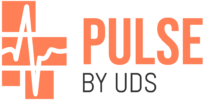





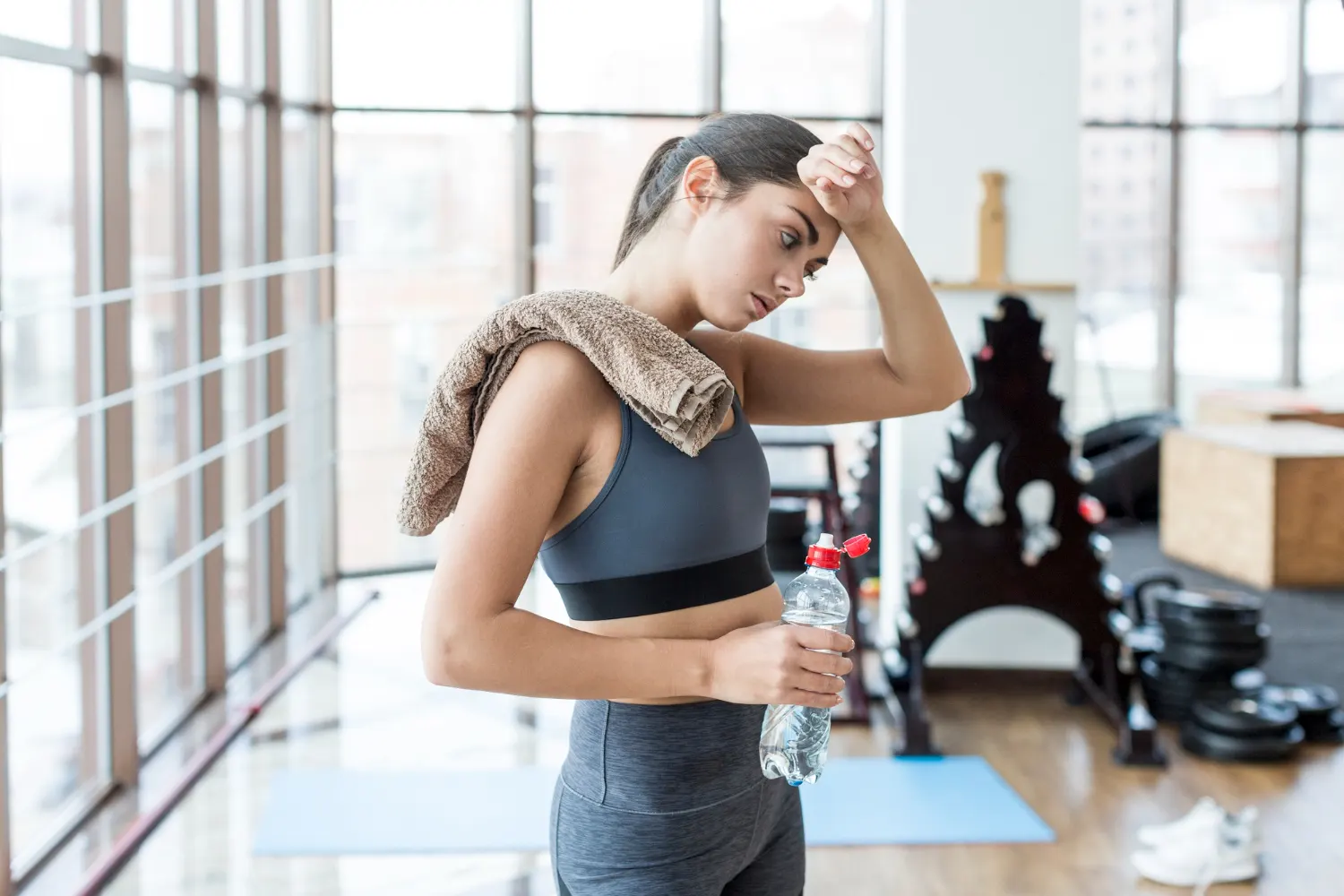
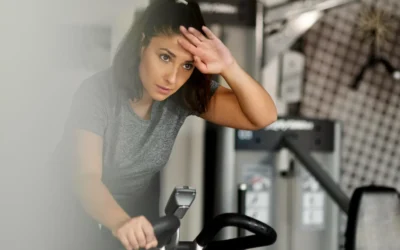
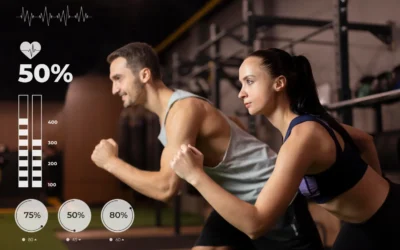
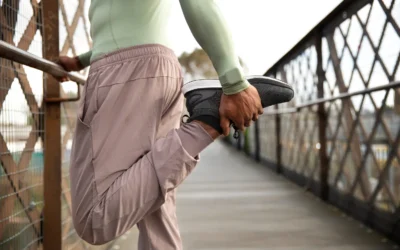
0 Comments